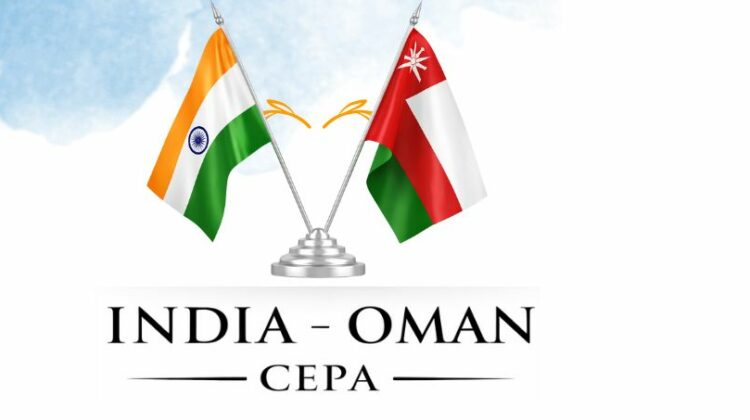Font size:
Print
Influencer and Attention Economy
Context:
- Amazon has announced an increase in commission rates for the 50,000
- creators that are a part of its influencer marketing network, to push sales during its flagship Great Indian Festival sale.
About Influencer Economy
- Definition: The influencer economy revolves around individuals (influencers) who have the power to affect the purchasing decisions of others due to their authority, knowledge, position, or relationship with their audience.
The Attention Economy:
The Attention Economy—a term first introduced by economist Herbert A. Simon in the 1970s and popularised by Michael Goldhaber in the 1990s—highlights the transition from a material-based economy to one focused on human attention as the scarcest resource.
- This concept asserts that human attention is the scarcest resource, and capturing and retaining it is the ultimate goal for businesses.
- A Microsoft study noted that the average human attention span has dropped from 12 seconds in 2000 to just 8 seconds in 2013, compelling marketers to adopt more creative and strategic approaches.
Strategies for Thriving in the Attention Economy
- Leverage Influencer Marketing to enhance brand awareness and foster authentic connections with target audiences.
- Create Engaging, Shareable Content to ensure your content stands out and encourages sharing.
- Adopt a Mobile-First Approach to optimise websites for mobile users with responsive designs and interactive elements.
- Use Data-Driven Personalization fostering loyalty and repeat business.
- Embrace Authenticity: Maintain transparency about brand values and mission, showcasing unique selling points to build a loyal following.
Attention Economy Examples
- The Ice Bucket Challenge: The Ice Bucket Challenge was a social media campaign aimed at raising awareness for ALS research .Celebrities like Bill Gates and Oprah Winfrey helped amplify the challenge.
- Outcome: The campaign raised over $115 million for ALS research, showcasing how a fun and engaging challenge can lead to significant social impact.
- Clickbait and Engagement
- Example: News websites often employ sensational headlines such as, “You Won’t Believe What This Celebrity Did Next!” to attract clicks.
- Outcome: While this boosts traffic and ad revenue, it may lead to audience fatigue if the content consistently underdelivers on the headline’s promise.
Interconnection of Influencer and Attention EconomiesCollaborative Campaigns:
Engaging Content Formats:
Live Streaming and Real-Time Interaction:
|
Conclusion:
- Influencers in the Attention Economy: Influencers thrive by attracting and retaining follower attention, creating shareable and engaging content that maximises visibility.
- Brand Strategies: Brands invest in influencer marketing to cut through the noise, leveraging influencers for more authentic connections with audiences.


